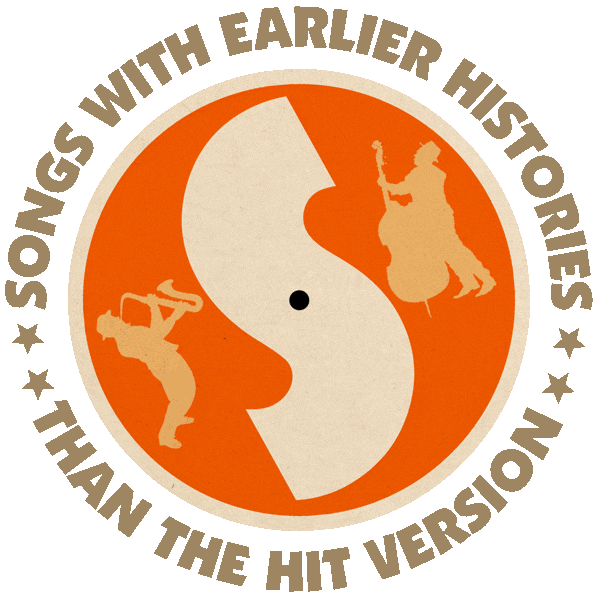First recorded by The Four Season (US #9/UK #50 1965).
Also recorded by The Happenings (1972)
Other hit versions by The Spinners (US #2 1979 |UK #1/AUS #12/NZ #3/IRE #1 1980), Boyzone (IRE #3 1994).
From the wiki: “‘Working My Way Back to You’ was written by Sandy Linzer and Denny Randell, with the song originally recorded in 1966 by The Four Seasons, reaching #9 on the U.S. Billboard Hot 100. and #50 on the UK Singles chart. It is the only Four Seasons’ hit to feature the group’s arranger, Charles Calello, in the temporary role of bassist/bass vocalist, having replaced original member Nick Massi.
“In 1979, The Spinners recorded a medley of ‘Working My Way Back to You’ and Michael Zager’s ‘Forgive Me Girl’, charting Top-5 in the US in late 1979 and topping the UK Singles chart for two weeks in April 1980.
“The Irish boyband, Boyzone, released a cover version of ‘Working My Way Back to You’ as their debut single in May 1994. The song reached #3 on the Irish Singles Chart. It is one of the few songs to feature Mikey Graham on lead vocals.”

